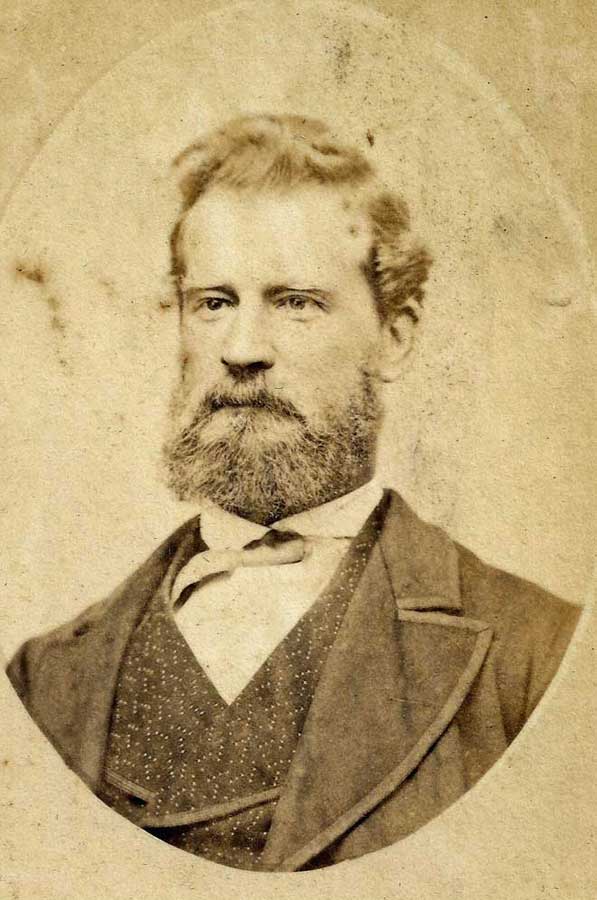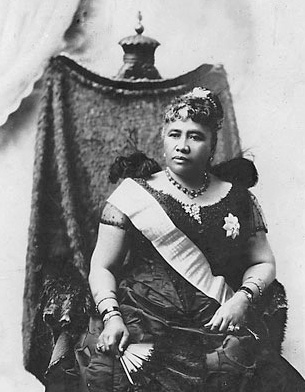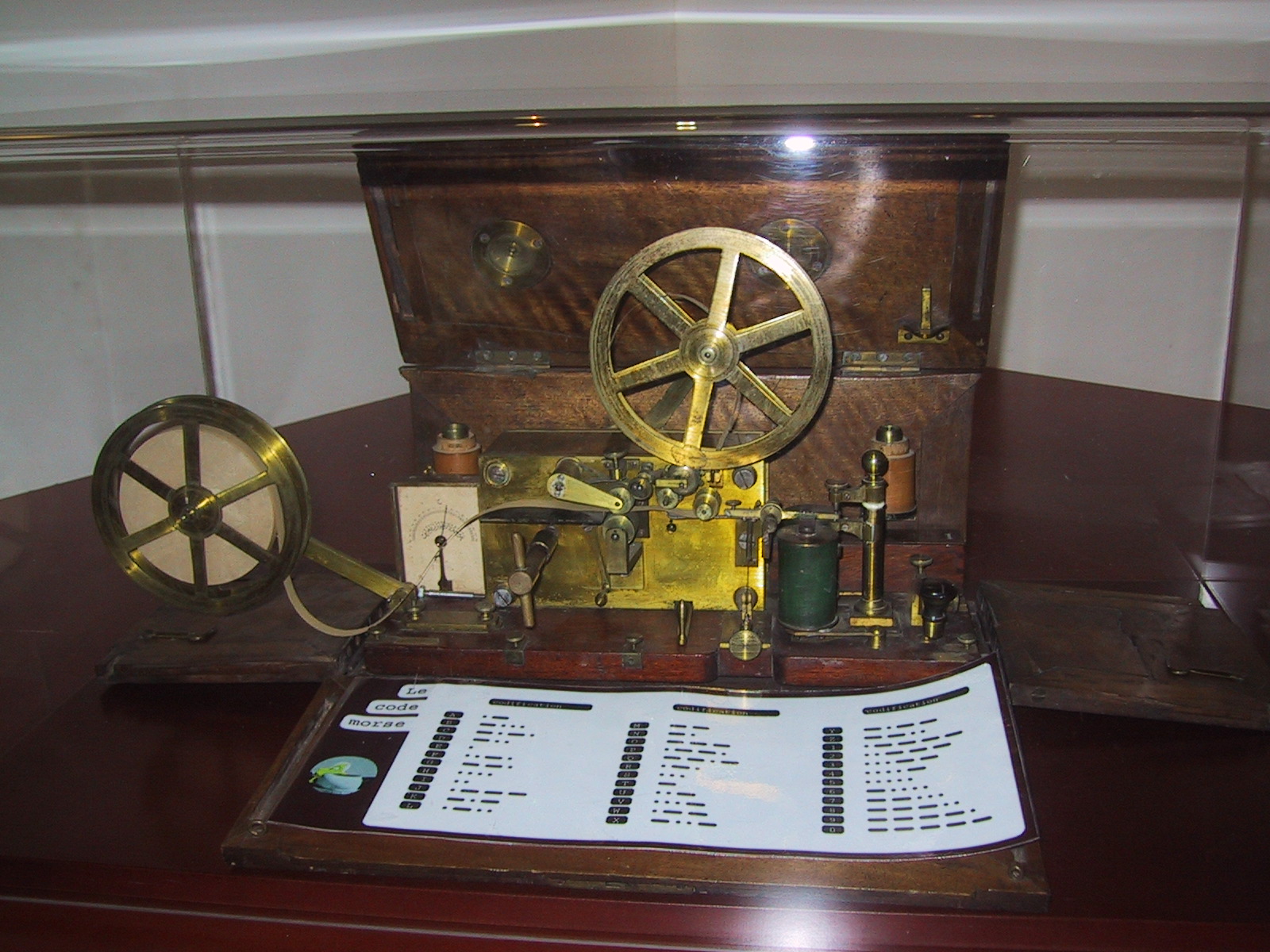|
David Proudfoot (engineer)
David Proudfoot (1838 – 20 March 1891) was a New Zealand engineering contractor and company director in Dunedin. He was born in Musselburgh, or Gilmerton, Midlothian, Scotland, in about 1838 or 1841. He was a Dunedin landowner and contractor and was one of the promoters of the Dunedin Peninsula and Ocean Beach Railway. He owned the horse-drawn trams serving the suburbs of Dunedin and had a "virtual monopoly", until he sold them to the Dunedin City and Suburban Tramway Co. in 1883 for £55,000. He was the brother-in-law of newspaper proprietor Sir George Fenwick, owing to Fenwick's marriage to Proudfoot's sister Jane. In 1883, he left Dunedin and died in Sydney on 20 March 1891, while undergoing surgery. Reports of his age at death varied between 49 and 61. A cousin said he was 50. His Waverley Cemetery The Waverley Cemetery is a Heritage register, heritage-listed cemetery on top of the cliffs at Bronte, New South Wales, Bronte in the eastern suburbs of Sydney, New South W ... [...More Info...] [...Related Items...] OR: [Wikipedia] [Google] [Baidu] |
David Proudfoot
{{hndis, Proudfoot, David ...
David Proudfoot may refer to: * David Proudfoot (engineer) * David Proudfoot (trade unionist) David Proudfoot (8 December 1892 – 16 January 1958) was a Scottish people, Scottish trade unionist. Born at Methil in Fife, Proudfoot left school at the age of fourteen to undertake an engineering apprenticeship; however, he left after three ye ... [...More Info...] [...Related Items...] OR: [Wikipedia] [Google] [Baidu] |
Sydney
Sydney is the capital city of the States and territories of Australia, state of New South Wales and the List of cities in Australia by population, most populous city in Australia. Located on Australia's east coast, the metropolis surrounds Sydney Harbour and extends about 80 km (50 mi) from the Pacific Ocean in the east to the Blue Mountains (New South Wales), Blue Mountains in the west, and about 80 km (50 mi) from Ku-ring-gai Chase National Park and the Hawkesbury River in the north and north-west, to the Royal National Park and Macarthur, New South Wales, Macarthur in the south and south-west. Greater Sydney consists of 658 suburbs, spread across 33 local government areas. Residents of the city are colloquially known as "Sydneysiders". The estimated population in June 2024 was 5,557,233, which is about 66% of the state's population. Estimated resident population, 30 June 2017. The city's nicknames include the Emerald City and the Harbour City. There is ev ... [...More Info...] [...Related Items...] OR: [Wikipedia] [Google] [Baidu] |
People From Midlothian
The term "the people" refers to the public or common mass of people of a polity. As such it is a concept of human rights law, international law as well as constitutional law, particularly used for claims of popular sovereignty. In contrast, a people is any plurality of persons considered as a whole. Used in politics and law, the term "a people" refers to the collective or community of an ethnic group or nation. Concepts Legal Chapter One, Article One of the Charter of the United Nations states that "peoples" have the right to self-determination. Though the mere status as peoples and the right to self-determination, as for example in the case of Indigenous peoples (''peoples'', as in all groups of indigenous people, not merely all indigenous persons as in ''indigenous people''), does not automatically provide for independent sovereignty and therefore secession. Indeed, judge Ivor Jennings identified the inherent problems in the right of "peoples" to self-determination, as i ... [...More Info...] [...Related Items...] OR: [Wikipedia] [Google] [Baidu] |
Scottish Emigrants To New Zealand
Scottish usually refers to something of, from, or related to Scotland, including: *Scottish Gaelic, a Celtic Goidelic language of the Indo-European language family native to Scotland *Scottish English *Scottish national identity, the Scottish identity and common culture *Scottish people Scottish people or Scots (; ) are an ethnic group and nation native to Scotland. Historically, they emerged in the Scotland in the Early Middle Ages, early Middle Ages from an amalgamation of two Celtic peoples, the Picts and Gaels, who f ..., a nation and ethnic group native to Scotland * Scots language, a West Germanic language spoken in lowland Scotland * Symphony No. 3 (Mendelssohn), a symphony by Felix Mendelssohn known as ''the Scottish'' See also * Scotch (other) * Scotland (other) * Scots (other) * Scottian (other) * Schottische * {{disambiguation Language and nationality disambiguation pages ca:Escocès ... [...More Info...] [...Related Items...] OR: [Wikipedia] [Google] [Baidu] |
Businesspeople From Dunedin
A businessperson, also referred to as a businessman or businesswoman, is an individual who has founded, owns, or holds shares in (including as an angel investor) a private-sector company. A businessperson undertakes activities (commercial or industrial) to generate cash flow, sales, and revenue by using a combination of human, financial, intellectual, and physical capital to fuel economic development and growth. History Medieval period: Rise of the merchant class Merchants emerged as a social class in medieval Italy. Between 1300 and 1500, modern accounting, the bill of exchange, and limited liability were invented, and thus, the world saw "the first true bankers", who were certainly businesspeople. Around the same time, Europe saw the " emergence of rich merchants." This "rise of the merchant class" came as Europe "needed a middleman" for the first time, and these "burghers" or "bourgeois" were the people who played this role. Renaissance to Enlightenment: Rise of t ... [...More Info...] [...Related Items...] OR: [Wikipedia] [Google] [Baidu] |
Engineers From Dunedin
Engineers, as practitioners of engineering, are professionals who invent, design, build, maintain and test machines, complex systems, structures, gadgets and materials. They aim to fulfill functional objectives and requirements while considering the limitations imposed by practicality, regulation, safety and cost. "Science is knowledge based on our observed facts and tested truths arranged in an orderly system that can be validated and communicated to other people. Engineering is the creative application of scientific principles used to plan, build, direct, guide, manage, or work on systems to maintain and improve our daily lives." The word ''engineer'' (Latin , the origin of the Ir. in the title of engineer in countries like Belgium, The Netherlands, and Indonesia) is derived from the Latin words ("to contrive, devise") and ("cleverness"). The foundational qualifications of a licensed professional engineer typically include a four-year bachelor's degree in an engineering dis ... [...More Info...] [...Related Items...] OR: [Wikipedia] [Google] [Baidu] |
1891 Deaths
Events January * January 1 ** A strike of 500 Hungarian steel workers occurs; 3,000 men are out of work as a consequence. **Germany takes formal possession of its new African territories. * January 4 – The Earl of Zetland issues a declaration regarding the famine in the western counties of Ireland. * January 5 **The Australian shearers' strike, that leads indirectly to the foundation of the Australian Labor Party, begins. **A fight between the United States and Lakotas breaks out near Pine Ridge agency. **A fight between railway strikers and police breaks out at Motherwell, Scotland. * January 7 ** General Miles' forces surround the Lakota in the Pine Ridge Reservation. ** The Inter-American Monetary Commission meets in Washington DC. * January 9 – The great shoe strike in Rochester, New York is called off. * January 10 – in France, the Irish Nationalist leaders hold a conference at Boulogne. The French government promptly takes loan. * J ... [...More Info...] [...Related Items...] OR: [Wikipedia] [Google] [Baidu] |
1838 Births
Events January–March * January 10 – A fire destroys Lloyd's Coffee House and the Royal Exchange, London, Royal Exchange in London. * January 11 – At Morristown, New Jersey, Samuel Morse, Alfred Vail and Leonard Gale give the first public demonstration of Morse's new invention, the telegraph. * January 21 – The first known report about the Lowest temperature recorded on Earth, lowest temperature on Earth is made, indicating in Yakutsk. * January 23 – A 1838 Vrancea earthquake, 7.5 earthquake strikes the Romanian district of Vrancea County, Vrancea causing damage in Moldavia and Wallachia, killing 73 people. * February 6 – Boer explorer Piet Retief and 60 of his men are massacred by King Dingane kaSenzangakhona of the Zulu people, after Retief accepts an invitation to celebrate the signing of a treaty, and his men willingly disarm as a show of good faith. * February 17 – Weenen massacre: Zulu impis massacre about 532 Voortrekkers, Khoikhoi and Sotho people, ... [...More Info...] [...Related Items...] OR: [Wikipedia] [Google] [Baidu] |
Waverley Cemetery
The Waverley Cemetery is a Heritage register, heritage-listed cemetery on top of the cliffs at Bronte, New South Wales, Bronte in the eastern suburbs of Sydney, New South Wales, Australia. Opened in 1877 and built by R. Watkins (cemetery lodge, 1878) and P. Beddie (cemetery office, 1915), the cemetery is noted for its largely intact Victorian era, Victorian and Edwardian monuments. It is regularly cited as being one of the most beautiful cemeteries in the world. The cemetery contains the graves of many significant Australians including the poet Henry Lawson. Also known as General Cemetery Waverley, it was added to the New South Wales State Heritage Register on 28 October 2016. The cemetery is owned by Waverley Council and is self-funded, deriving its income from interments – including burial, cremation, memorials and mausolea – of which there has been over 86,000. Waverley Cemetery was used during the filming of the 1979 Mel Gibson film ''Tim (film), Tim'' and in 2021 the fil ... [...More Info...] [...Related Items...] OR: [Wikipedia] [Google] [Baidu] |
George Fenwick (editor)
Sir George Fenwick (2 February 1847 – 23 September 1929) was a New Zealand newspaper proprietor and editor. He is best known for his time as manager and editor of the ''Otago Daily Times'', during which time he supported the campaign initiated by Rutherford Waddell against sweat shops. Early life Fenwick was born on 2 February 1847, the eldest child of Robertine Jane (nee Brown, 1823–1866) and Robert Fenwick (1815–1878) in Sunderland in the north of England. When he was six years old his family responding to the discovery of famous goldfields emigrated to Australia, arriving in Victoria on New Year's Day in 1853. As the gold fever in Australia subsided, his parents in response to the advertising of W. H. Reynolds, honorary immigration agent for the Provincial Council of Otago of the superior advantages of Otago in New Zealand the couple immigrated with their three children on the schooner ''Challenger'', reaching Dunedin on 23 January 1856. He initially attended the Gov ... [...More Info...] [...Related Items...] OR: [Wikipedia] [Google] [Baidu] |
New Zealand
New Zealand () is an island country in the southwestern Pacific Ocean. It consists of two main landmasses—the North Island () and the South Island ()—and List of islands of New Zealand, over 600 smaller islands. It is the List of island countries, sixth-largest island country by area and lies east of Australia across the Tasman Sea and south of the islands of New Caledonia, Fiji, and Tonga. The Geography of New Zealand, country's varied topography and sharp mountain peaks, including the Southern Alps (), owe much to tectonic uplift and volcanic eruptions. Capital of New Zealand, New Zealand's capital city is Wellington, and its most populous city is Auckland. The islands of New Zealand were the last large habitable land to be settled by humans. Between about 1280 and 1350, Polynesians began to settle in the islands and subsequently developed a distinctive Māori culture. In 1642, the Dutch explorer Abel Tasman became the first European to sight and record New Zealand. ... [...More Info...] [...Related Items...] OR: [Wikipedia] [Google] [Baidu] |
New Zealand Railway And Locomotive Society
The New Zealand Railway and Locomotive Society Inc is a society of railway enthusiasts, based in Wellington. It was incorporated in 1958. The society archives are in the ''Thomas McGavin Building'' on Ava railway station's former goods yard in the Hutt Valley. At one time an old railway carriage held at the Ngaio railway station was used. Publications The society publishes a magazine, the ''New Zealand Railway Observer'' (), that was first published by the New Zealand Railway Correspondence Society on a Gestetner The Gestetner is a type of duplicating machine named after its inventor, David Gestetner (1854–1939). During the 20th century, the term ''Gestetner'' was used as a verb—as in ''Gestetnering''. The Gestetner company established its base in Lo ... in 1944, and a newsletter ''Turntable''. The society publishes books on railway subjects. There are about 25 books available, as listed on the website. Most are about New Zealand railways, but there is a book ''Cane ... [...More Info...] [...Related Items...] OR: [Wikipedia] [Google] [Baidu] |






